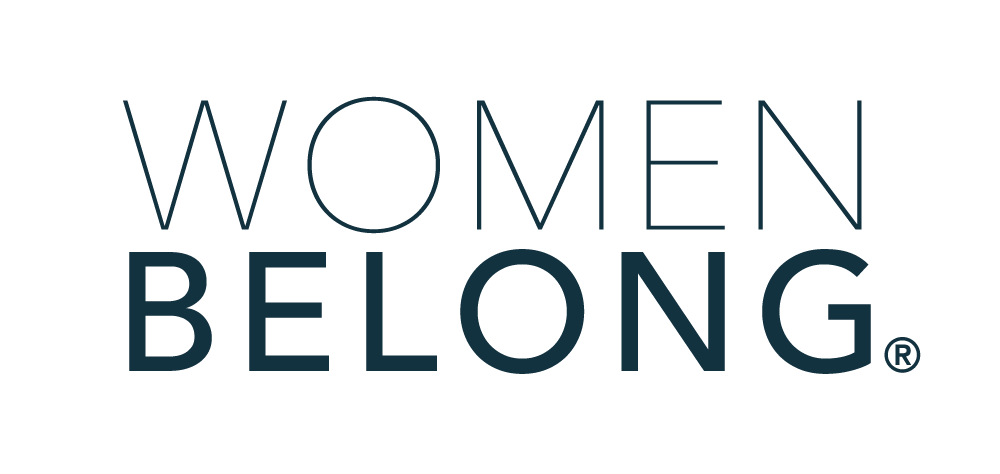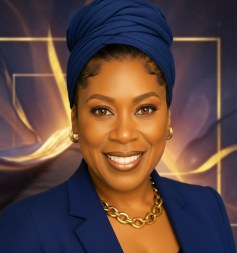Simply put it’s photography focused on your business. But what does that mean and how does it benefit your business?
Before we dive deeper into brand photography, let’s talk about brand.
What is a Brand?
Your brand is more than your logo, colors, and tagline. It’s the emotion, the feeling you want to evoke in people when they think about your business. It’s the personality of your business – fun, vibrant, edgy, relaxed, comforting, etc. Your brand is how you connect with your audience and build relationships.
Another vital part of your brand are the stories you tell. A brand story is the narrative you tell that contains the feeling of your brand. This sparks an emotional response from potential customers, connecting with them on a personal level. Creating emotion is essential in marketing because people buy with emotion first and logic second.
Creating that emotion with brand stories takes more than the written word, it also the images you use to tell they story on your websites and social media. That brings us to brand photography.
What is Brand Photography?
It’s the visual representation of the personality and stories that are the core of your brand.
It is consistent imagery that shows:
- Who you are – your values and personality
- What you do – your product or service and the benefit of it
- What it’s like to buy from or work with you – the experience
Brand photography helps you tell your stories with imagery that will engage your audience and build the visibility of your brand.
Brand photography and stories together!
Let me give you an example. Patagonia. Most people know the brand. It is a large outdoor clothing company and they do a great job of telling the story of its products as well as the story of its values as a company with photography.
First the products…look at their website and instagram account. The images are not static photos of people in Patagonia’s products. They’re dynamic pictures of people out on amazing adventures, experiencing all this world has to offer. It’s friends camping together. It’s solo adventurers climbing mountains and surfing. Their photos give you a sense of the adventure that could be awaiting you just around the corner.
Representing the values of your company is just as important as what you do or sell. People want to buy/work with people and companies that have similar values and priorities as they do. Are you an avid environmentalist? Would you buy from a company that dumps toxic chemicals into the Chicago River? NO!
Brand stories are great for demonstrating your values. Patagonia is an environmentally conscious company that wants “build the best product, cause no unnecessary harm, use business to inspire and implement solutions to the environmental crisis.” How do you tell that story?
Patagonia shares this story in many ways. One is how it encourages the repair, reuse, and recycling of their clothing. They don’t want you to buy something new every year, they want it to last, and they want customers to repair it and pass it on. That’s the story, so how do you show that with images?
They do an incredible job of telling this story through their worn wear page on the their website. They solicit stories and photographs from customers about how long they have owned items and the adventures they’ve have been on. One customer writes about how a child’s fleece bought in the 80’s is now worn by her son and includes a picture of him wearing it while camping.
These stories demonstrate their values as a company – protecting the environment – and the value of their products – long lasting, quality clothing you can keep for decades. It makes their customers feel they are part of something more than a transaction but part of a community. By sharing these stories Patagonia is connecting with its audience on a level beyond the product, they are connecting emotionally.
Using your brand stories to develop an emotional connection with customers will increase sale because people buy with emotion and from companies they like.
How do you tell YOUR story and connect?
First you need to know what your brand is. Without a defined brand your stories will be inconsistent and disjointed, they won’t connect.
Once you have a clear vision of your brand – values and personality – start thinking about your audience. Who are they, where are they, and how do you want to connect with them? Think about your goals, and the mood and emotion you want to communicate?
Struggling for what story to tell, think about the following:
- Your purpose as a company. Do you make life easier? Show how.
- The process of creating your product. What’s it like from start to finish to create a piece?
- Your product or service. What is it like to use your product or to work with you?
- Your personality. Do you want to show your fun and vibrant personality? Don’t just use a basic headshot, pick an environment that fits you, add pops of your brand color, show who you really are.
- Your passion beyond your business. Charity, family, fitness, food. Don’t be afraid to make it personal! People buy from who they like, show you are more than a business.
More examples
A farm to table restaurant can show the chef visiting a farm they source from, interacting with the farmer, and picking out produce for the next menu.
A jewelry designer can show what it’s like to work with her on a custom piece from start to finish.
A family attorney can show their open, responsive, helpful personality with brand headshot done in a light/bright office, at a desk featuring a few pops of color.
A trainer can show you what it’s like to work with them by using images of them actually training clients.
What are the benefits of brand photography?
Photography plays a huge role in telling a brand story. You have written and visual content on your website, social media, and throughout your marketing materials.
But what connects with people? Images!
No one reads anymore but if you have quality images that tell a good story, it will connect with people. Then they will take the next step, click, email, call. That’s a huge benefit.
Brand photography also helps build your brand’s visibility. Consistency is key, if you don’t have that, your audience won’t be able to identify you in all the noise.
And quality photography on a website gets people attention, they stay longer, and take action – like buy. Think about the last time you went to a site with bad or even no photos. Did you stay? Probably not, you clicked back to the Google results and looked at the next site.
If you want to take your brand to the next level start thinking about your stories and how you can tell them with images on your website and social media. Connecting with your audience on a personal level is essential to standing out and making sales in today’s world.
Content provided by Women Belong member Andrea Harney

















































 Women Belong Book Club: Living on Purpose
Women Belong Book Club: Living on Purpose Charlotte NC Special Event: Game Show Battle Rooms!
Charlotte NC Special Event: Game Show Battle Rooms! Nourish Coaching Circle
Nourish Coaching Circle SFG: Adaptable on Purpose: Staying Steady in Change to Live Out Your Mission
SFG: Adaptable on Purpose: Staying Steady in Change to Live Out Your Mission Book Club: Unreasonable Hospitality - ZOOM
Book Club: Unreasonable Hospitality - ZOOM